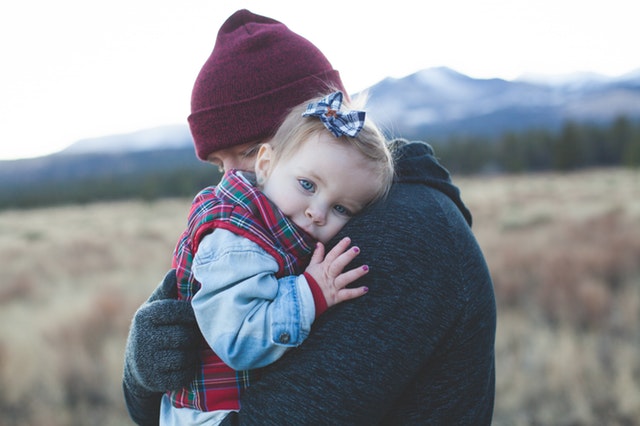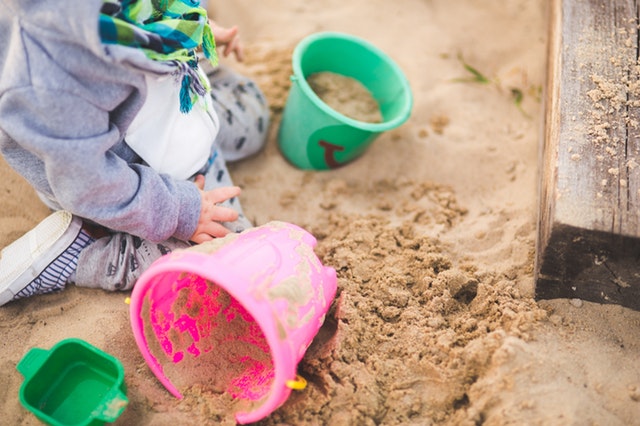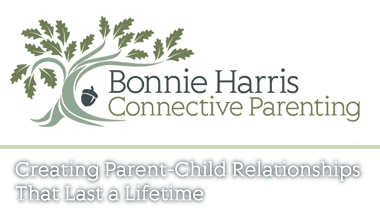Toxic stress in early childhood can harm children for life, warns the American Academy of Pediatrics and the Center for Disease Control (CDC). Don’t think your children have experienced toxic stress? All children do to differing degrees. Whoever said childhood is bliss didn’t know what he was talking about. Children experience stress just by being a child. From nightmares, worry about transitions, being afraid of the dark or thunder storms, social fears, children have a hard lot. And that doesn’t cover huge emotions and dysregulation that they cannot possibly understand when asked, “What’s wrong?” Then being punished, criticized, or threatened for behavior they can’t control…. You name it, a day rarely goes by when a child doesn’t experience stress.

Stress arises for a child when sensing a threat with no one to protect him from that threat. Children who experience this kind of stress in the early years, even prenatally through mother’s hormones, “…are more likely to suffer heart disease, obesity, diabetes and other physical ailments…also more likely to struggle in school, have short tempers and tangle with the law.”
A now more than two decade long scientific study by the Academy and the CDC shows the long term, harmful effects on society when we turn a blind eye on the problems faced by young children. From the stress children experience when their parents abuse alcohol or drugs, emotional or physical abuse or neglect, emotional or physical treatment between parents, mental illness, separation or divorce, to a child crying out and not being comforted and feeling unloved — stress comes in all shapes and sizes.
The CDC-Kaiser Permanente Adverse Childhood Experiences (ACE) Study, originally conducted from 1995-1997, is one of the largest investigations of childhood abuse and neglect and later-life health and well-being. We now have research showing the connection between disrupted neurodevelopment, social, emotional and cognitive impairment, risky behaviors, disease, disability and even early death to Adverse Childhood Experiences.
Now that I have thoroughly depressed you, let’s look at what we can do about it.
The Academy has issued a policy statement that includes, “Protecting young children from adversity is a promising, science-based strategy to address many of the most persistent and costly problems facing contemporary society, including limited educational achievement, diminished economic productivity, criminality, and disparities in health.”
Prevention Strategies
The study outlines extensive strategies to turn the horrendous statistics around — strengthening economic supports to families, changing social norms to promote positive parenting, quality care and education, better parenting skills training, and intervention methods.

We can’t always control the environment for our children. Death and loss, natural disasters, accidents, an ex-spouse’s choices, disciplinary measures at school, hurtful remarks and bullying are all beyond our control. Nor should we hover and protect our children from growing up and experiencing the world we live in. Many circumstances children find themselves in can be toxic and traumatic, but when they have a protective factor to turn to safely, namely a parent or caring adult who understands, listens, accepts, and connects, a child can deal with and learn to make sense of most experiences. Ignoring, sweeping problems or sensitive issues under the carpet, screaming at and punishing big emotions that parents don’t want or know how to deal with undermine the protection you can provide.
Your connection to your children is the protective factor they need most. But connection is harder than we think, as most parents know. It often requires a mindset shift away from traditional parenting methods.
How you can provide that protective factor:
Stop threatening and punishing — the #1 tactic used by parents to coerce children’s behavior. In order to be the grounding force your children feel safe to come to no matter what, they must trust that you will never pose a threat to them. If they have nowhere to turn for an understanding ear, they will turn exactly where you fear most. This usually means
When we remain stuck in the mindset that punishments and consequences for inappropriate behavior are the way to get appropriate behavior, we forfeit our child’s trust. Mostly what the child learns is “you don’t understand me”, because behavior is provoked by emotions that parents typically pay no attention to. It is the emotional state that needs connection. When that is ignored and parents focus on behavior, the primary link to the protective factors parents provide is broken.

Habitual tactics are easy to fall back on when a child’s behavior gets tough. It is so tempting to pull computer time and cell phones, put kids in time out or send them to their rooms. These tactics miss the mark and only make kids mad. And if they “work”, it is only to get that cell phone back. Sneaky, conniving strategies result, and that all-important connection is risked.
What to do instead – Problem Solving promotes connection:
- Do nothing in the heat of the moment. When emotions are calm and the prefrontal cortex is back online, work on the situation. This is where parents stumble. We want to forget about it and move on.
- Resist the temptation to blame. Own and acknowledge your feelings.
- Look to your child’s need or emotions that provoked the behavior and connect with that need. “You must have been furious with your sister to hit her. Tell me what got you so angry.”
- Discuss the problem without blame. Own what part of it is yours, “I’m really concerned that you don’t consider my feelings. It is not okay with me when you call me names.”
- Acknowledge that your child was having a problem that provoked the behavior. It was a mistake, not a crime. Trust your child’s desire to be successful. We all say and do things we don’t mean.
- Engage your child to come up with a solution that all can agree on.
- Don’t expect the agreement to work. It’s a process. Keep refining until the behavior stops.
- Do focus on acceptance, listening, predictability, playtime.
- Take your focus off behavior and onto what could be going on with your child to get back to compassion. All connection requires compassion.
- Hug a lot.

And spend lots of time just being with your child. Have fun together, get silly, play games, talk about what’s going on in the world and take your focus off what your child has to do or not do.
Think about the best time you ever had with one of your parents. I bet it wasn’t a teaching moment; it was a being moment when you were having fun. Do more of that.
 The When Your Kids Push Your Buttons Audio Course
The When Your Kids Push Your Buttons Audio Course
Have you ever asked yourself, “Why did I DO that??”
Wish you knew what else to do?
Learn to:
- Understand your reactions and gain control of them
- Interpret your child’s behavior
- Set appropriate expectations
- Defuse your buttons
Related Articles:
Dec. ’18 Q&A – Big Emotions, Angry Outbursts and a Must Read
If I Don’t Punish or Give Consequences, What DO I Do? How to Use Problem Solving







